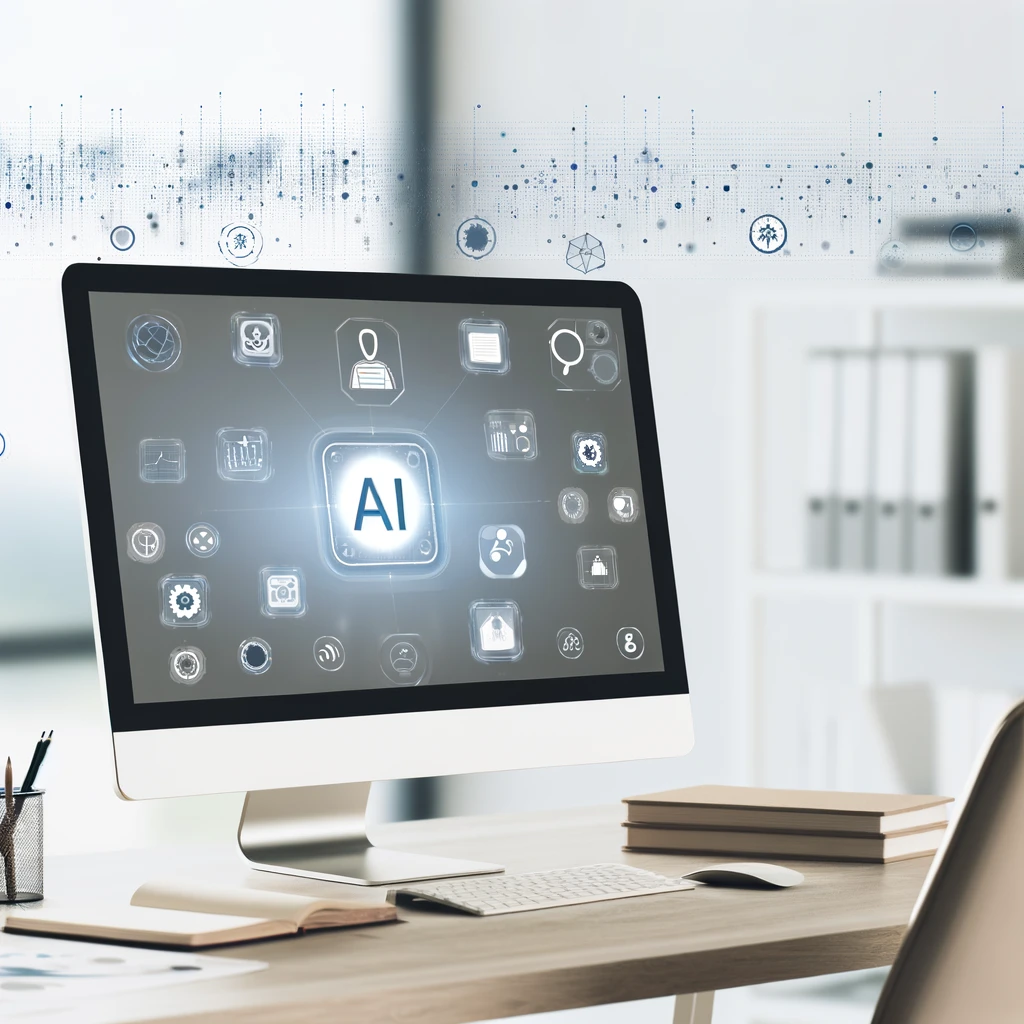Introduction
In today’s fast-paced, technology-driven world, the adoption of AI productivity tools is transforming the modern workplace. These innovative tools are designed to automate routine tasks, enhance decision-making, and ultimately, boost productivity across various sectors. As businesses strive to remain competitive, leveraging AI for productivity gains has become essential. This article explores the most effective AI tools that are set to revolutionize the way we work in 2024.
AI’s impact on productivity is substantial. According to a report by Brookings, generative AI could raise global GDP by 7%, highlighting its potential to significantly enhance efficiency and output in various industries (Brookings). Additionally, McKinsey estimates that AI technologies could generate between $2.6 trillion to $4.4 trillion in value across different sectors by improving various business functions, from R&D to customer interactions (McKinsey & Company). These figures underscore the critical role of AI in driving productivity in the modern workplace.
For a comprehensive understanding of how AI is shaping productivity trends, you can explore more detailed insights from the Brookings report and McKinsey’s analysis. These sources provide in-depth perspectives on the economic and functional impacts of AI advancements.
In the sections that follow, we will discuss specific AI tools and their applications, demonstrating how they can be harnessed to enhance productivity in 2024.
The Importance of AI Tools in Modern Workplaces
AI tools have become essential in modern workplaces, significantly enhancing how tasks are managed, improving efficiency, and supporting decision-making processes. These tools are designed to streamline tasks that were previously time-consuming and repetitive, allowing employees to focus on more strategic and creative work.
Streamlining Tasks
One of the key benefits of AI tools is their ability to streamline tasks. Automation of routine activities, such as data entry, scheduling, and customer support, frees up valuable time for employees to engage in more meaningful work. For example, AI-powered chatbots can handle basic customer inquiries, reducing the workload on human agents and ensuring that customers receive prompt responses. According to a study by MIT Sloan, generative AI can improve a worker’s performance by as much as 40%, particularly when used within its capabilities (MIT Sloan).
Improving Efficiency
AI tools improve efficiency by optimizing workflows and reducing the time required to complete various tasks. For instance, AI can analyze large datasets much faster than a human, providing insights and identifying patterns that can lead to more informed business decisions. McKinsey reports that AI technologies could increase labor productivity in the U.S. by 0.5 to 0.9 percentage points annually through 2030 (McKinsey & Company). This increase in efficiency is crucial for businesses aiming to stay competitive in a rapidly evolving market.
Supporting Decision-Making
AI also supports decision-making by providing accurate and data-driven insights. Advanced AI algorithms can predict trends, identify risks, and suggest optimal courses of action based on historical data. This capability is particularly valuable in fields such as finance, healthcare, and logistics, where timely and accurate decisions are critical. Built In highlights that AI-driven decision-making will continue to grow, offering stronger insights that aid organizational processes (Built In).
For more detailed information on how AI tools are transforming workplace productivity, you can read the full reports from MIT Sloan and McKinsey.
In conclusion, AI tools are not just enhancing productivity but are reshaping the very nature of work by automating mundane tasks, improving operational efficiency, and enabling data-driven decision-making. Embracing these technologies is crucial for any organization looking to thrive in the modern business environment.
Key Features of AI Productivity Tools
AI productivity tools are transforming the way we work by introducing advanced features that streamline tasks, improve efficiency, and support decision-making. Here are some of the key features to look for:
Automation
One of the most powerful features of AI productivity tools is automation. These tools can automate repetitive tasks such as scheduling meetings, sending reminders, and data entry. This not only saves time but also reduces the risk of human error. For instance, AI-powered customer relationship management (CRM) systems can automatically log interactions and update records, allowing sales teams to focus more on engaging with customers (TechnologyAdvice).
Data Analysis
AI tools excel in data analysis by quickly processing large datasets to uncover trends, patterns, and insights. This capability is essential for making informed decisions. Tools like Pipedrive use AI to analyze sales data and provide actionable next-step suggestions, enhancing the productivity of sales teams (TechnologyAdvice). Additionally, these tools can generate detailed reports and visualizations, helping teams to understand their performance and areas for improvement (Retable).
Natural Language Processing (NLP)
Natural Language Processing (NLP) is a branch of AI that enables machines to understand and respond to human language. This feature is particularly useful in tools like Grammarly, which checks for grammatical errors and stylistic inconsistencies in real-time, enhancing the quality of written communication (Userpilot). NLP is also used in chatbots and virtual assistants, such as those integrated into CRM systems, to provide instant responses to customer queries and automate support tickets (TechnologyAdvice).
For more detailed insights on these features, you can explore further on platforms like Retable and Userpilot, which offer comprehensive reviews and comparisons of the latest AI productivity tools.
By leveraging these key features, businesses can significantly enhance their operational efficiency and make more data-driven decisions, ultimately leading to improved productivity.
Top AI Tools for Productivity in 2024
In 2024, numerous AI tools are transforming productivity across various industries. Here are some of the top AI tools you should consider:
1. ChatGPT
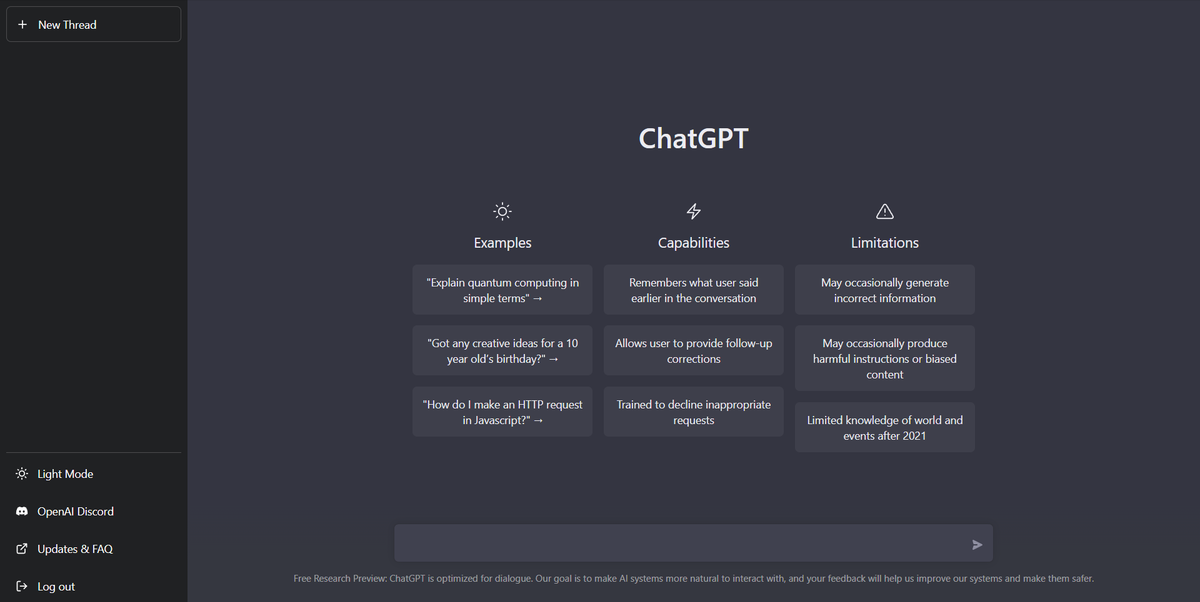
ChatGPT, developed by OpenAI, excels in providing tailored assistance through its advanced natural language processing capabilities. It can handle tasks ranging from drafting emails to generating creative content, making it an invaluable asset for improving overall productivity.
2. Jasper AI
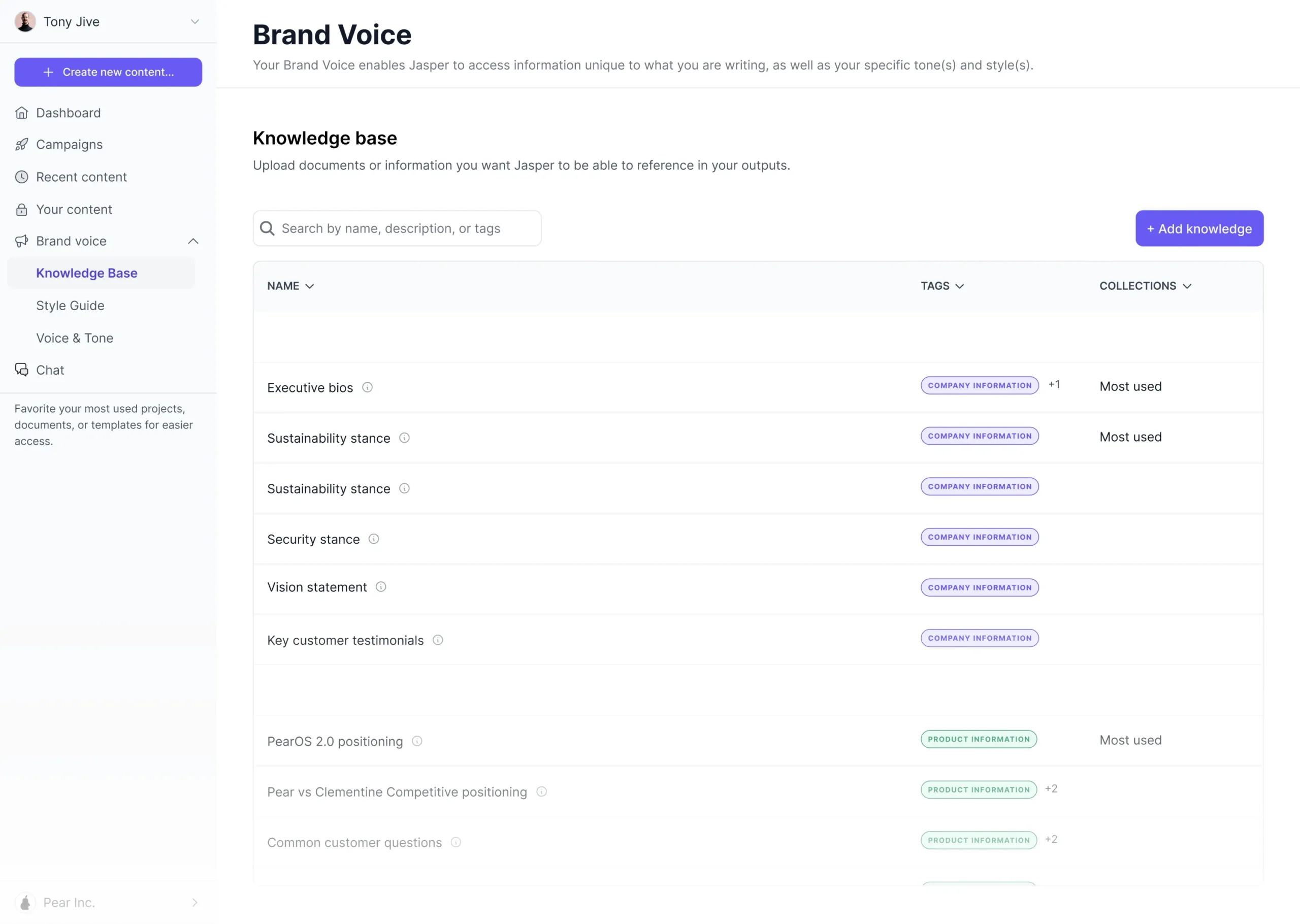
Jasper AI is ideal for content creation, helping users overcome writer’s block by generating high-quality, original content quickly. It integrates with SEO tools, ensuring that your content ranks well in search results, and supports multiple languages to broaden your reach.
3. Mem

Mem is a powerful note-taking tool that uses AI to organize and connect your notes automatically. It enhances productivity by summarizing notes and meetings, integrating with calendars, and offering powerful search functions to find information instantly.
4. Relay
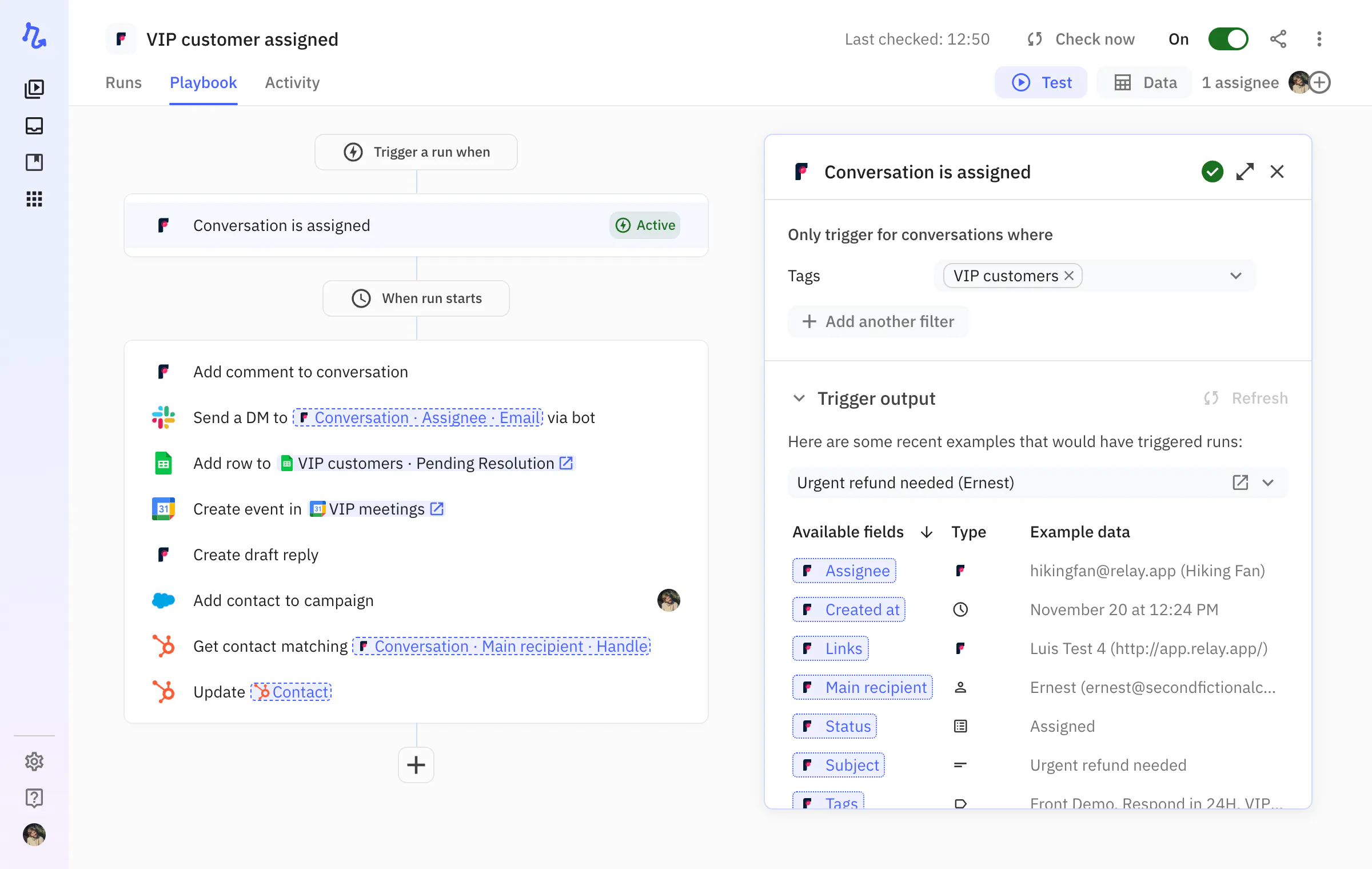
Relay automates repetitive tasks, freeing up your time for higher-value work. It offers a no-code setup, making it accessible to anyone, and helps reduce errors by automating processes like data entry and report generation.
5. Timely

Timely is a time-tracking tool that uses AI to log your work hours automatically. It provides insights into how your time is spent, helping you optimize your schedule and increase productivity.
6. Canva

Canva’s AI-powered design tools, including a text-to-image generator, make it easier to create visually appealing content quickly. It supports various design styles, from 3D renderings to traditional paintings, enhancing your creative projects.
7. Asana

Asana is a comprehensive project management tool that helps teams organize tasks, share documents, and track progress in real-time. Its integration with third-party apps enhances its functionality, making it a one-stop solution for project management.
8. Pymetrics
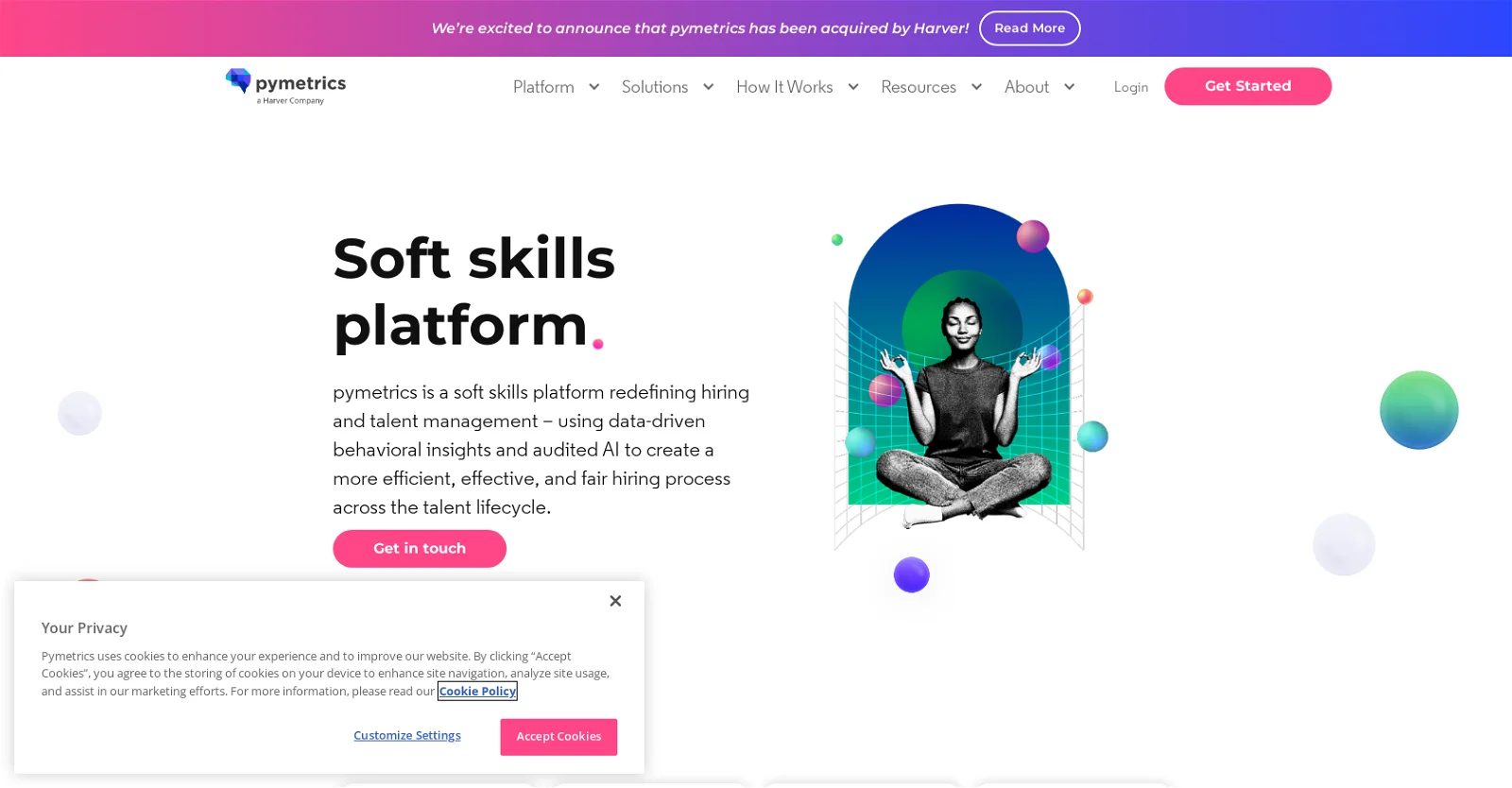
Pymetrics uses AI to improve hiring processes through data-driven behavioral insights. It matches candidates to roles based on cognitive and behavioral data, rather than traditional resumes, helping companies find the best fit for their needs.
9. Otter
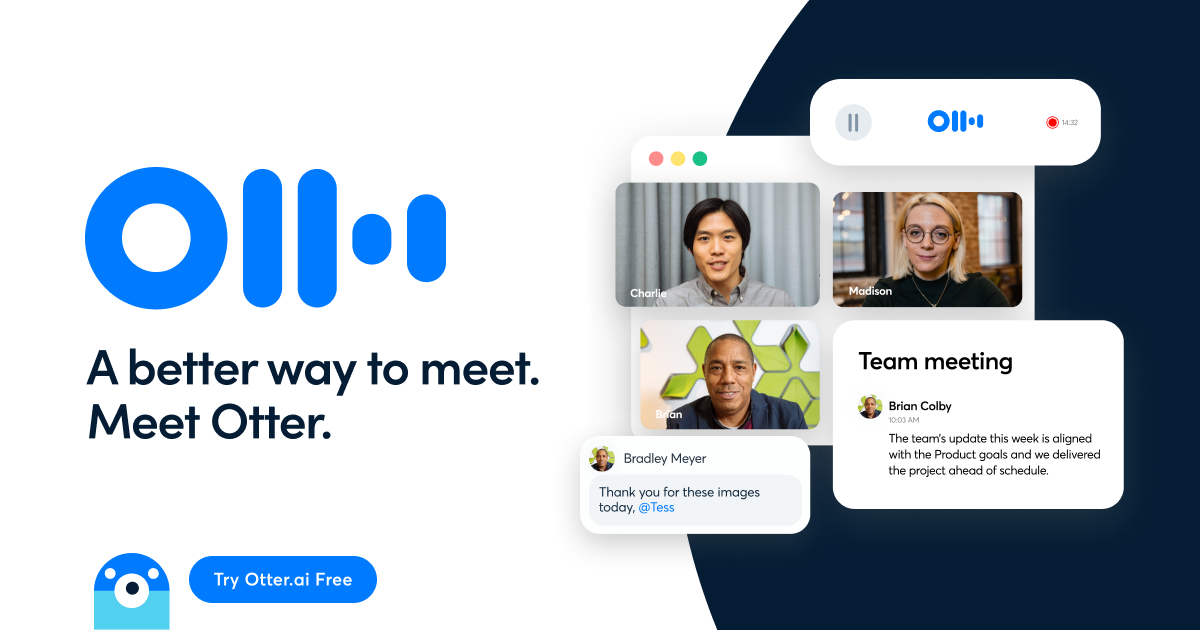
Otter transforms meeting productivity by providing real-time AI voice transcription. It automates note-taking during meetings, offering live summaries and enhancing team collaboration and documentation.
10. GitHub Copilot

GitHub Copilot is an AI pair programmer that offers autocomplete-style suggestions for coding. It supports various programming languages, helping developers write code faster and with fewer errors.
These AI tools are revolutionizing productivity in 2024 by automating tasks, enhancing creativity, and providing valuable insights. Whether you are managing projects, creating content, or coding, there is an AI tool tailored to boost your productivity.
For further details and more tools, you can visit sources like The Process Hacker and Murf AI which provide comprehensive lists and reviews of productivity tools.
How to Integrate AI Tools into Your Workflow
Integrating AI tools into your workflow can significantly enhance productivity and streamline operations. Here’s a step-by-step guide to help you seamlessly adopt AI technologies in your organization.
1. Identify Your Needs
Start by identifying specific areas in your workflow that could benefit from AI. Ask yourself:
- What tasks are repetitive and time-consuming?
- Where can automation provide the most significant impact?
- Are there areas where data analysis could enhance decision-making?
Conduct a thorough analysis of your current processes to pinpoint these opportunities. Understanding your needs will help you select the most suitable AI tools for your organization.
2. Choose the Right AI Tools
Selecting the right AI tools is crucial. Consider the following when making your choice:
- Compatibility: Ensure the AI tools integrate smoothly with your existing systems.
- Capabilities: Match the tool’s features with your identified needs. For instance, if you need data analysis, look for tools with robust analytical capabilities.
- Scalability: Choose tools that can grow with your business and adapt to future needs.
Testing tools through free trials can help you assess their effectiveness before full implementation (MotionMeet) (TECHCOMMUNITY.MICROSOFT.COM).
3. Train Your Team
Proper training is essential for successful AI integration. Develop a comprehensive training program that covers:
- Tool Usage: Ensure your team knows how to use the new AI tools effectively.
- Best Practices: Educate employees on the best practices for utilizing AI in their daily tasks.
- Continuous Learning: Offer ongoing training sessions to keep your team updated with the latest advancements in AI technology.
Training helps in mitigating resistance to change and maximizes the benefits of AI tools (MotionMeet) (Atera).
4. Implement in Phases
Gradual implementation allows for smoother transitions and minimizes disruptions. Start with less critical areas to test the integration process and gather feedback. This phased approach helps in identifying and addressing any issues early on.
Consider the following steps:
- Pilot Programs: Launch small-scale pilots to test the tools in real-world scenarios.
- Feedback Loop: Collect and analyze feedback to make necessary adjustments.
- Full-Scale Rollout: Once confident, proceed with a full-scale implementation across the organization (MotionMeet).
5. Monitor and Optimize
Post-implementation, continuously monitor the performance of AI tools to ensure they are meeting your objectives. Regular assessments will help in optimizing the tools and processes. Pay attention to:
- Efficiency Gains: Track improvements in productivity and efficiency.
- User Feedback: Gather input from employees to identify any challenges or areas for improvement.
- Data Management: Ensure that data used by AI tools is accurate, secure, and unbiased.
Regular optimization ensures that your AI tools remain effective and continue to provide value over time (TECHCOMMUNITY.MICROSOFT.COM) (Atera).
For more detailed guidance on implementing AI tools in business processes, you can refer to this AI Workflow Automation Guide and Microsoft’s AI Integration Tips (MotionMeet) (TECHCOMMUNITY.MICROSOFT.COM).
Case Studies: Success Stories of AI Integration
Amazon: An AI-Driven Powerhouse
Amazon‘s strategic implementation of AI has been instrumental in its transformation from a book-selling platform to a global leader in e-commerce and technology. AI powers multiple aspects of Amazon’s operations, including personalized product recommendations, supply chain optimization, and fraud detection. These AI-driven initiatives contribute significantly to the company’s success, with approximately 35% of Amazon’s sales attributed to AI-based recommendation engines. Amazon’s AI applications enhance customer service through Alexa and improve logistics efficiency by predicting product demand and optimizing inventory levels (AIX | AI Expert Network).
Intuit: Enhancing Customer Experiences
Intuit, a financial software company, successfully integrated AI to enhance its product offerings and customer experiences. The company uses AI to automate and optimize its financial management tools, such as QuickBooks and TurboTax. By leveraging AI for data analysis and customer interaction, Intuit has streamlined its operations and improved the accuracy of financial recommendations. This integration has resulted in a more personalized and efficient service for its customers (Scalastic 👨🏻💻).
Nubank: Revolutionizing Banking
Nubank, a leading digital bank, has harnessed AI to revolutionize customer service and operational efficiency. AI-driven chatbots handle customer inquiries, providing quick and accurate responses. Additionally, AI algorithms are used for credit scoring and fraud detection, enhancing the security and reliability of Nubank’s services. The adoption of AI has allowed Nubank to scale rapidly while maintaining high levels of customer satisfaction and operational efficiency (Scalastic 👨🏻💻).
Brex: Optimizing Spend Management
Brex, a financial services company, utilizes AI to offer advanced spend management solutions. AI helps Brex analyze spending patterns, detect anomalies, and provide insights into optimizing expenses. This proactive approach to financial management enables Brex’s clients to make informed decisions, reducing costs and improving financial control (Scalastic 👨🏻💻).
These case studies highlight the transformative impact of AI integration in various industries, demonstrating significant improvements in productivity, customer satisfaction, and operational efficiency.
For more detailed information on these success stories, you can visit:
Conclusion
In 2024, AI tools are set to revolutionize productivity in the modern workplace. As we explored in this article, AI tools can significantly enhance productivity by automating routine tasks, analyzing large datasets, and improving decision-making processes. By integrating these tools into workflows, businesses can streamline operations and boost efficiency.
The adoption of AI tools for productivity offers numerous benefits, including more efficient task management, data-driven insights, and enhanced communication capabilities through natural language processing. Companies that successfully implement AI can expect to see significant improvements in productivity and operational efficiency.
To stay ahead in the competitive business environment, it’s crucial for organizations to embrace AI technologies. This not only involves selecting the right tools but also ensuring proper training and integration into existing workflows.
For more insights into the future of AI in productivity, you can read this detailed article from PwC on the future of AI in business (PwC). Additionally, McKinsey offers an in-depth look at how AI can create value for businesses in their latest report on AI advancements and implementation strategies (McKinsey & Company).
By staying informed and proactive, businesses can leverage AI tools to enhance productivity and maintain a competitive edge in 2024 and beyond.
